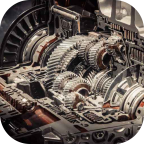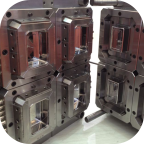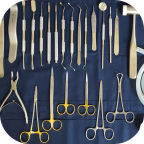Reusing Ultrasonic Cleaning Solution: Smart or Risky?
Browse Volume:84 Classify:Support
You’ve just finished a round of ultrasonic cleaning—maybe it’s precision tools, a batch of jewelry, or even dental instruments—and you’re left with a tank full of murky solution. The first question that comes to mind? Do I really need to toss it all out?
The idea of reusing ultrasonic cleaning solution is appealing. After all, those specialty fluids aren’t cheap, and they don’t always look “used up” after a single cycle. But the real question isn’t whether you can reuse it—it’s whether you should. As with most things in precision cleaning, the answer depends on what you’re cleaning, what kind of solution you’re using, and how high your standards are.
Why the Cleaning Solution Matters in Every Cycle
In ultrasonic cleaning, the solution isn’t just a bystander—it’s the active agent that lifts away grime once the cavitation bubbles have dislodged it. Detergents, enzymes, surfactants, and sometimes solvents are responsible for chemically breaking down oils, dust, blood, carbon deposits, or oxidation layers.
But here’s the key: once those contaminants are suspended in the liquid, the chemistry starts to shift. The detergent molecules get “used up,” enzymes denature, and the fluid slowly turns into a bath of dissolved soil. It may still look clean enough, but its effectiveness drops cycle by cycle.
Imagine trying to mop a dirty floor using yesterday’s water. You might still remove some dirt, but it won’t be thorough—and you might even spread more than you clean. The same logic applies to ultrasonic solutions.
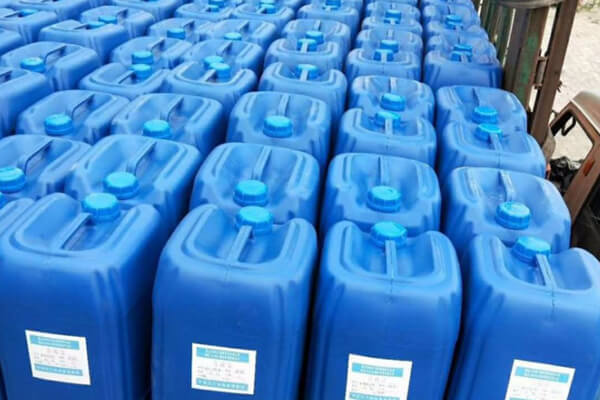
Cleaning fluid
What Determines Whether a Solution Can Be Reused
Not all solutions are created equal. Some ultrasonic fluids are specifically designed for multi-cycle use, while others are intended to be drained and replaced after a single batch. Here are the factors that matter:
Type of contaminant removed
If you’re cleaning heavily soiled engine parts, greasy carburetors, or medical instruments with organic residue, chances are the solution degrades quickly. Once it’s saturated with oils or biological material, reuse becomes a hygiene and performance issue.
Solution formulation
Enzymatic cleaners (used in dental and surgical settings) tend to break down after one or two uses because the enzymes are consumed by proteins. In contrast, alkaline detergents designed for metals may last through multiple cycles—if filtered and topped off appropriately.
Filtration and sediment control
Some ultrasonic cleaners come with integrated filtration systems that remove particulates between cycles. If you’re lucky enough to have one, and you’re cleaning relatively non-hazardous materials, your solution might be reused several times before needing replacement.
Bath temperature and duration
Heat accelerates chemical breakdown. If your cleaning cycle runs at high temperature or lasts more than 20 minutes, the solution’s effective life is shorter. Prolonged ultrasonic exposure can also denature additives in the fluid.

Granboultrasonic industrial cleaner
Best Practices for Safely Reusing Ultrasonic Solution
If you choose to reuse your ultrasonic cleaning solution, there are ways to do it without compromising too much on performance—or safety. Here’s what professionals recommend:
Filter after every cycle
Use a fine mesh or in-line filter to remove visible debris and sludge. This prevents particles from re-depositing on clean items during the next cycle.
Visually inspect the solution
If it’s cloudy, smells sour or metallic, or has visible floating residue, it’s likely past its prime. Fresh ultrasonic solution should be mostly clear or lightly tinted.
Top off with fresh solution
Instead of reusing the exact same batch, extend its life by refreshing a portion—say, 25%—with new concentrate diluted properly. This keeps the pH balance and chemical activity within a useful range.
Rinse between loads
Always rinse cleaned items before placing new ones in the tank. Residue left in the bath from previous cycles can interfere with the next load’s effectiveness.
Limit the reuse cycle
Even under the best conditions, most solutions shouldn’t be reused more than 3–5 times. Beyond that, you’re gambling with surface damage, incomplete cleaning, or machine wear.
When You Should Never Reuse the Solution
There are situations where reusing the cleaning solution simply isn’t worth the risk:
Medical, dental, or tattoo tools where sterilization standards are strict
Optical lenses, semiconductors, or PCBs that require near-sterile cleaning
Delicate jewelry with porous stones that may absorb contaminants
High-precision instruments with tight tolerances and complex geometry
In these cases, using a fresh solution every time isn’t wasteful—it’s the price of consistency and safety. Cleaning solutions used for pre-sterilization in healthcare settings should never be reused, as biological load can pose contamination risks after just one cycle.
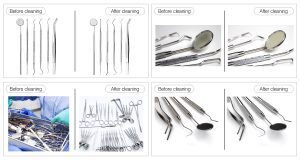
granboultrasonic Dental Cleaning effect
Using Smarter Systems to Reduce Waste
If replacing the solution frequently feels wasteful, the better long-term strategy isn’t reusing it carelessly—it’s upgrading your cleaning workflow. Some high-end ultrasonic machines (like those from Granboultrasonic) feature built-in filtration, separate clean and dirty zones, and programmable drainage. These systems maintain solution quality across cycles without compromising safety.
Another tip? Choose concentrated cleaners with a longer shelf-life and reusability built in. These are often labeled as “multi-batch” or “long-bath-life” formulations, and they’re designed to maintain efficacy even after multiple uses.
With smarter chemistry and system design, you can reduce waste without cutting corners.
Reliable Performance Starts with Smarter Equipment
Trying to squeeze just one more use out of a spent solution might seem efficient—but in reality, it can cost more than it saves. Diminished cleaning power, surface residue, and inconsistent results are just the beginning. In industries where precision matters, even slight contamination from an overused bath can lead to rework, part rejection, or equipment wear. That’s why the better strategy isn’t just to reuse less—it’s to clean smarter from the start.
This is where Granboultrasonic systems shine. With nearly a decade of focus in industrial ultrasonic cleaning, Granbo has built a vertically integrated operation—from design and manufacturing to in-house testing and branding. Every machine is backed by a scientific quality control process and developed by a team of experienced engineers who understand both ultrasonic technology and real-world application demands.
What does this mean in practice? Their machines offer optimized cavitation control, extended bath performance, and compatibility with a wide range of reusable solutions—so you’re not just saving fluids, you’re preserving quality. Combined with tailored OEM/ODM support and responsive technical service, Granboultrasonic doesn’t just clean parts—it builds trust, cycle after cycle.
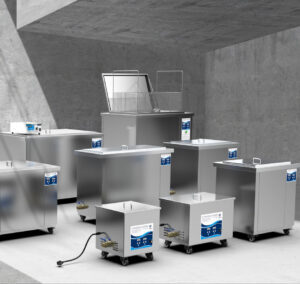
Granboultrasonic cleaners
 Granbo Ultrasonic
Granbo Ultrasonic

